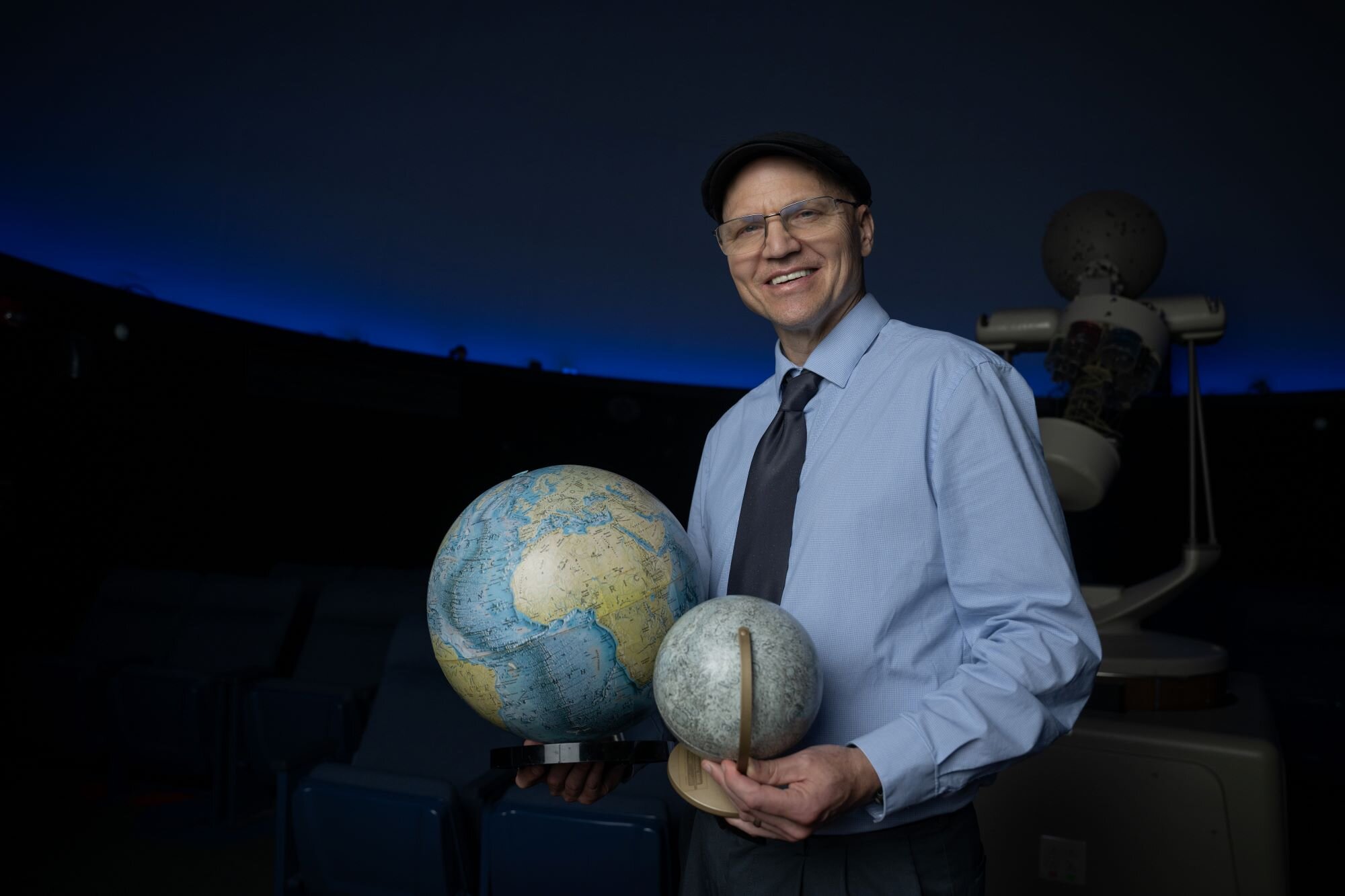Over six missions to the moon, from 1969 to 1972, Apollo astronauts collected more than 800 pounds of lunar rock and soil. Chemical and isotopic analysis of that material showed that it was similar to the rock and soil on Earth: calcium-rich, basaltic and dating to about 60 million years after the solar system formed.
Using that data, the planetary scientists who gathered at the Kona Conference in Hawaii in 1984 came to the consensus that the moon formed from debris after a collision on the young Earth.
“No one knows how the moon was formed,” he said. “For the last four decades, we have had one possibility for how it got there. Now, we have two. This opens a treasure trove of new questions and opportunities for further study.”
You must log in or register to comment.


